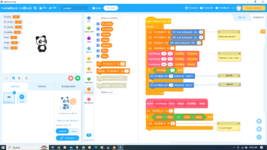Rajinder1268
Full Member level 3
Hi,
I have a requirement to measure voltages from a 10 pin header. I am interested in measuring 5V, 3V3 and 1V8 supplies with an accuracy of +/- 10mV. It is part of an automated test equipment, so really can't use a DVM.
If all the voltages are within range then indicate using a LED.
Not sure how to approach this.
Any help would be appreciated.
I have a requirement to measure voltages from a 10 pin header. I am interested in measuring 5V, 3V3 and 1V8 supplies with an accuracy of +/- 10mV. It is part of an automated test equipment, so really can't use a DVM.
If all the voltages are within range then indicate using a LED.
Not sure how to approach this.
Any help would be appreciated.
